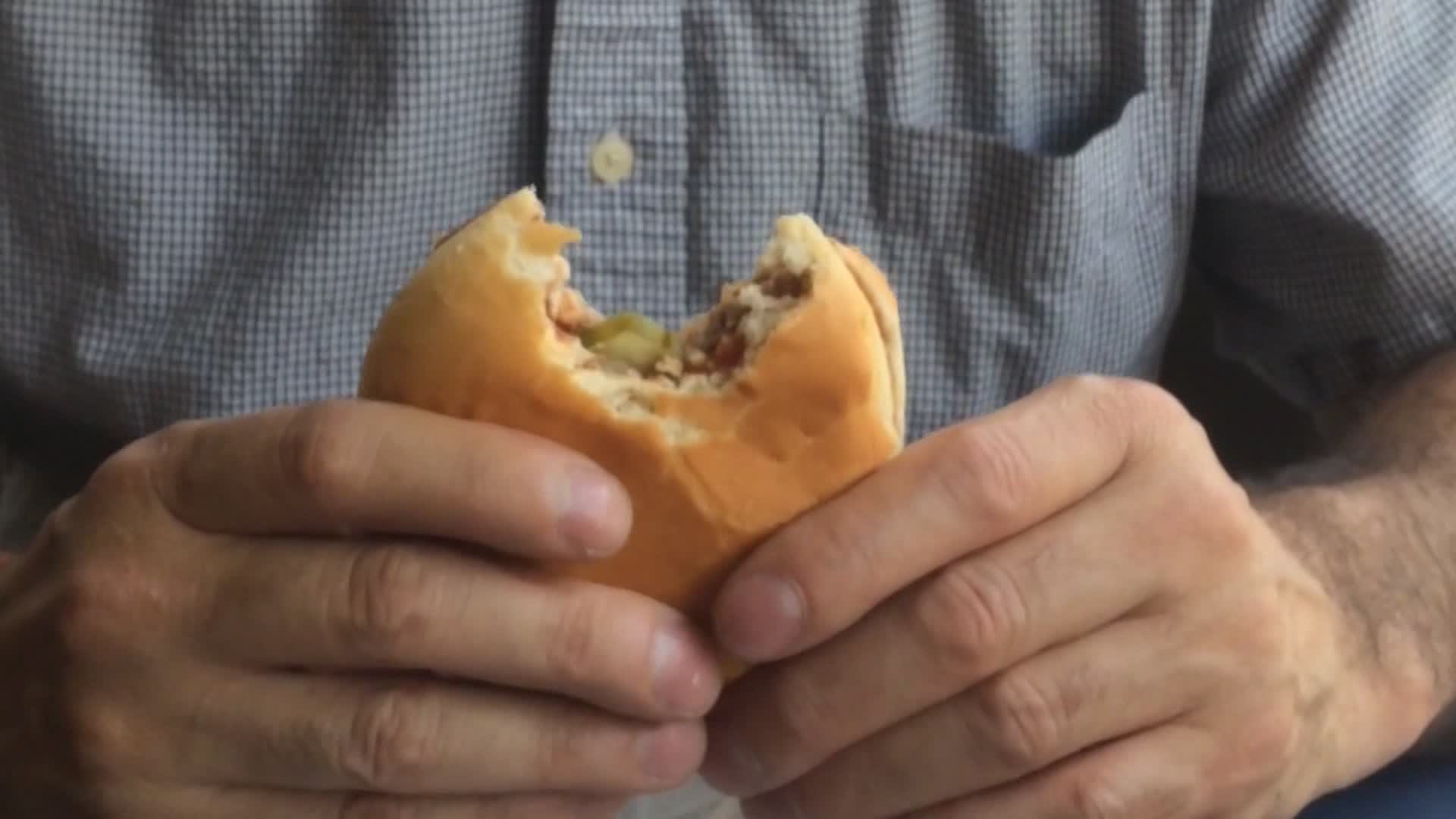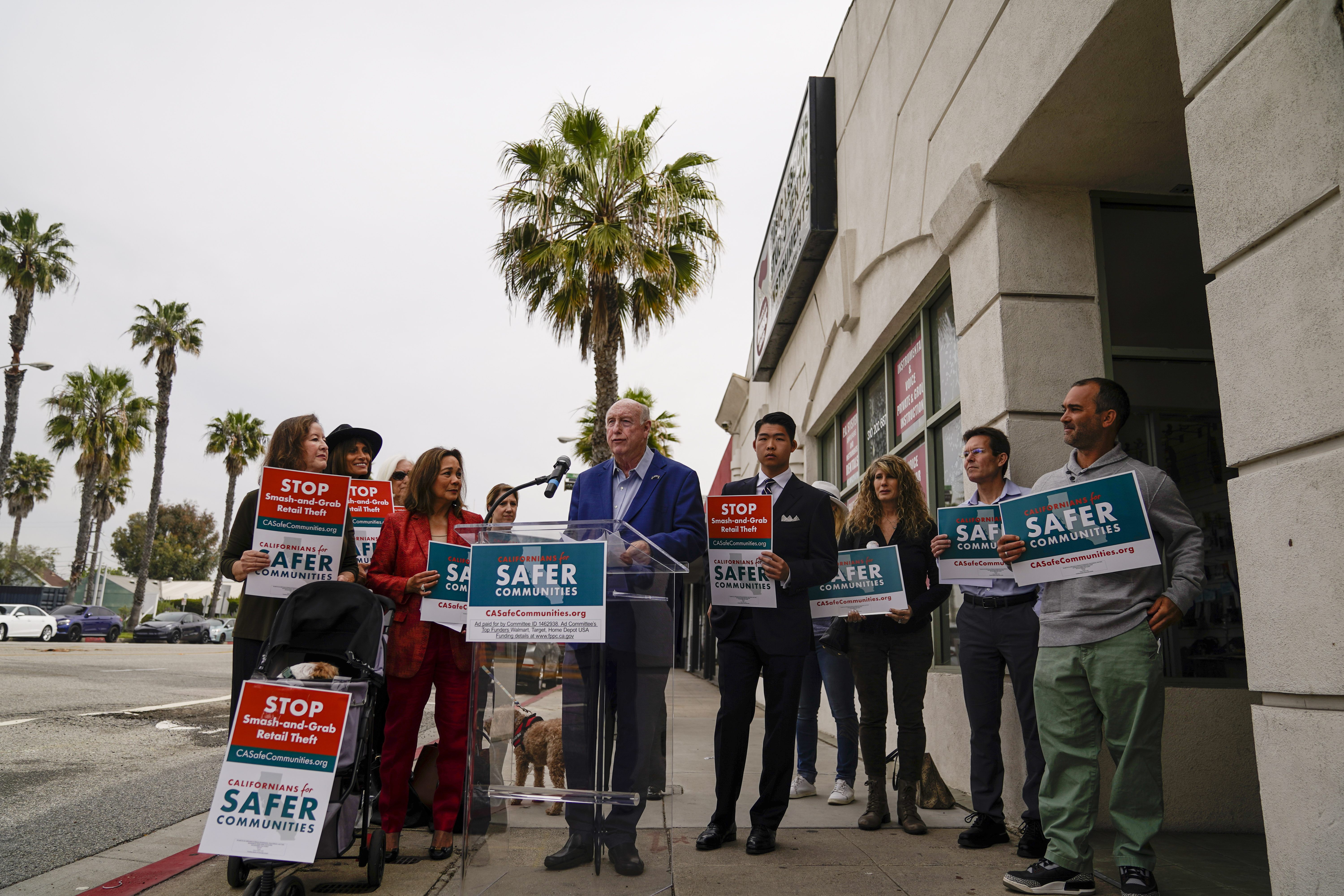
California Gov. Gavin Newsom painted a positive picture of California's response to the pandemic and the state's plans to come out on the other side during his annual State of the State address Tuesday night from Dodger Stadium in Los Angeles. Some of his statements lacked key context or twisted the facts:
DEATH RATE
Newsom called California’s death rate “one of the lowest per capita in the nation” at 134 deaths per 100,000 residents. To back up his claim, he compared California to Texas and New York, the second and fourth most populous states, respectively.
According to data from the Centers for Disease Control and Prevention, California ranks 28th in deaths per capita among states, with 137 deaths per 100,000.
Get Southern California news, weather forecasts and entertainment stories to your inbox. Sign up for NBC LA newsletters.
Newsom is right that California has fewer per capita deaths than the national average — 158 deaths per 100,000 people — and has fared better than other large states such as Texas, Florida and New York.
VACCINATIONS
Newsom said California has “the most robust vaccination program in the country," and is doing a more effective job than most nations.
California
News from across California
At least 7.4 million people over the age of 18 in California have received at least least one dose, according to the CDC. That’s double the number in New York and eclipses the 4.56 million doses in Texas. That’s not surprising since California is the most populous state in the nation with nearly 40 million people.
But California is in the middle of the pack when it comes to the percentage of the adult population that's received at least one dose — about 24%, according to the CDC.
Sliced another way, the state is in the bottom half of states for total doses administered per 100,000 people.
EQUITY
Newsom said “we don’t just talk about vaccine equity, we’ve designed our entire system around setting aside 40% of vaccines to the most impacted communities."
But while Newsom has talked extensively about equity, the distribution system wasn't designed that way initially. California began vaccinating people in December but didn't commit 40% of its doses to the most vulnerable people until last week, adding another tier of decision-making to the process for local officials.
The change came after statistics showed that the Californians disproportionately infected and dying from the virus, such as Latinos, weren't getting an equal share of the state's vaccines.
Under the new system, 40% of vaccines are supposed to be reserved for ZIP codes in the bottom quartile of a formula that measures things like income, education level and access to transportation. It does not explicitly take race and ethnicity into account but the ZIP codes mirror many minority neighborhoods.
So far about 9.8% of people who fit the new criteria have received at least one dose, compared to 14.4% of people in the highest quartile, according to state data.
SCHOOLS
Getting children back in the classroom has been one of the thorniest issues facing Newsom, and he signed a law last week aimed at resuming in-person learning by April 1.
“Every single day, more and more schools announce reopening dates. In fact, almost 7,000 schools are open or plan to reopen by mid-April for in-person instruction," he said, out of about 11,000 schools.
It's true that more districts are announcing reopening dates. But negotiations with teachers unions have been strained and the plan approved last week in the state Legislature doesn't require any of them to return.
Newsom also didn't mention that there's no minimum for how often kids have to be in the classroom to count as reopening. For example, schools that offer instruction for just a few hours a week and could still qualify for new state money.



